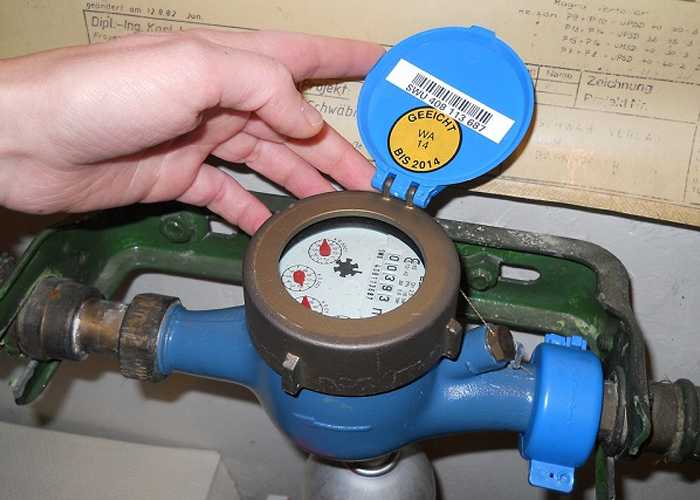
Maryland Water Meter Guide
Introduction:
Water meters are essential devices for managing water resources in Maryland. They play a crucial role in both residential and commercial water management, providing valuable data for billing, conservation efforts, and leak detection.
Water meters play a crucial role in both residential and commercial water management. They help homeowners and businesses track their water usage, identify leaks, promote conservation efforts, and ensure accurate billing. By providing accurate data on water consumption, water meters empower individuals and businesses to make informed decisions about their water usage, leading to reduced water bills, conservation efforts, and efficient water management practices.
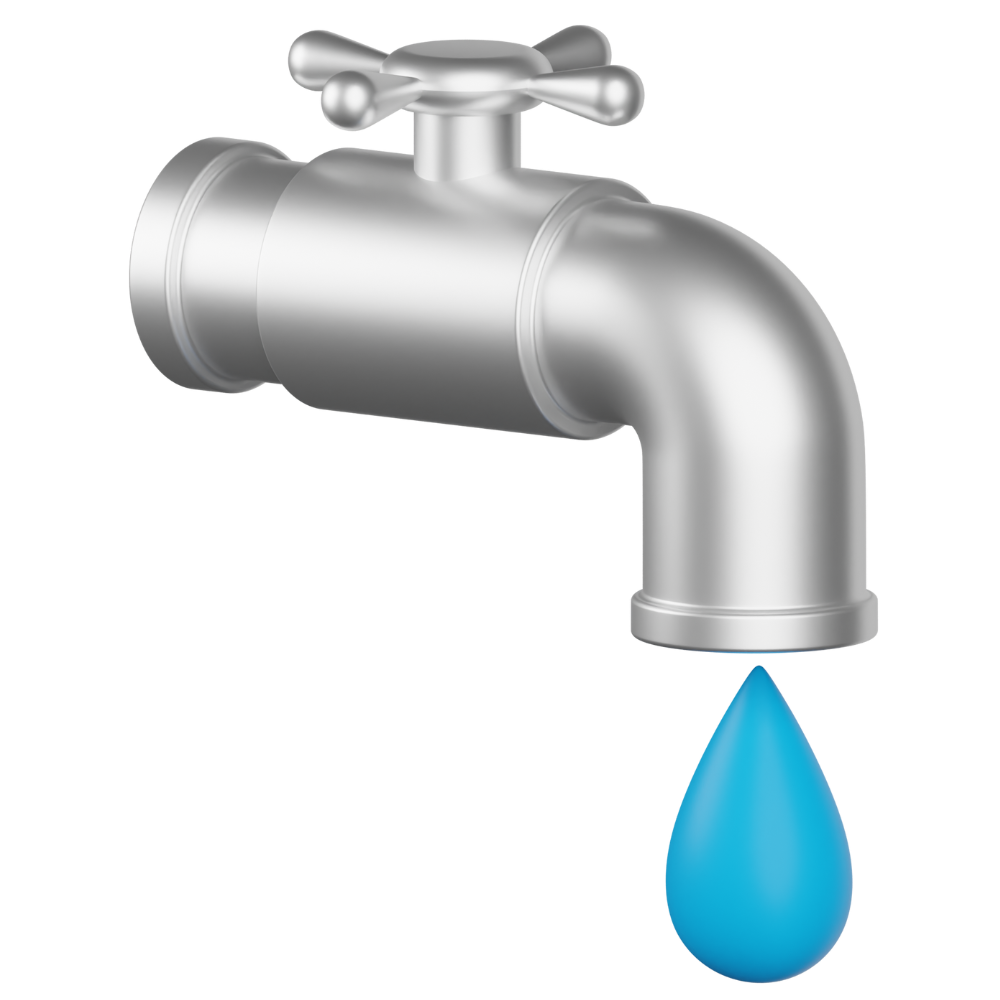
Have Questions About Your Water Meter?
Seadmok serves Greater Baltimore & Washington D.C.
Let’s Get Started
Understanding Water Meters
What are Water Meters?
A water meter is a device that measures the volume of water used by a residence or business. It is typically installed on the main water supply line to the building. Water meters are used to track water usage for billing purposes and to identify leaks.
Types of Water Meters
The two main types of water meters are positive displacement meters and velocity meters. Positive displacement meters measure water usage by measuring the volume of water that passes through the meter. In contrast, velocity meters measure water usage by measuring the speed of water flowing through the meter. In addition to positive displacement meters and velocity meters, there are a few other types of water meters that are used in specialized applications. These include compound meters, ultrasonic meters, and magnetic meters. Water meters offer several benefits, including accurate billing, leak detection, conservation, and infrastructure planning.

Importance of Accurate Water Meters
Accurate water meters play a crucial role in maintaining efficient water management practices and ensuring fair billing for water consumption. They provide several essential benefits, including:
- Accurate Billing and Cost Allocation
- Water Conservation and Leak Detection
- Efficient Water Management
- Promoting Water Conservation Efforts
- Protecting Water Resources
Accurate water meters are essential tools for managing water resources effectively. They ensure fair billing, promote water conservation, and support efficient water management practices, contributing to the sustainable use of water resources for future generations.
Installation of New Water Meters
When and Why to Install New Water Meters
Installing new water meters is crucial for maintaining efficient water management practices and ensuring accurate billing for water consumption. Several conditions necessitate the replacement of existing water meters, including:
- Age and Obsolescence
- Technology Advancements
- Damage or Malfunction
- Change in Water Usage
- Water Conservation Initiatives
- Regulatory Requirements
- Water Loss Reduction Programs
- Infrastructure Upgrades
- Customer Complaints:
- Preventive Maintenance:
Installing new water meters is an ongoing process that ensures the accuracy of water usage measurement, promotes water conservation, and supports efficient water management practices. By replacing aging, damaged, or outdated meters with newer, more advanced models, water utilities can optimize their water distribution systems, reduce water loss, and provide reliable billing to their customers.
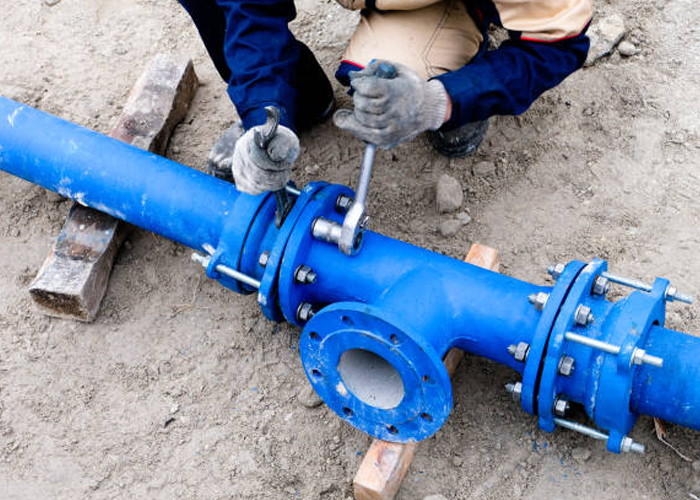
The Installation Process
The installation process for a new water meter typically involves the following steps:
- Preparation
- Meter Installation
- Testing
- Commissioning
- Restoration of Water Supply
- Documentation
- Final Inspection
The specific steps involved in installing a new water meter may vary depending on the type of meter being installed and the location of the installation. However, the general process is the same for most installations.
Choosing the Right Water Meter
Selecting the appropriate water meter for different needs requires careful consideration of several factors. Here's a comprehensive guide to choosing the right water meter:
- Meter Size
- Meter Type
- Accuracy Requirements
- Water Quality
- Installation Requirements
- Maintenance Considerations
- Budget
Replacement of Aging Water Meters
Signs You Need a New Water Meter
While water meters are designed to last for many years, they can eventually malfunction or become inaccurate, leading to various problems. Here are some key signs that indicate you may need a new water meter:
- Unusually High Water Bills
- Inconsistent Readings
- Constant Movement of Meter Dials or Display
- Meter Dials or Numbers Not Moving
- Water Pressure Fluctuations
- Visible Damage or Corrosion
- Age of the Water Meter
- Recommendations from Your Water Utility Provider
Benefits of Replacing Old Water Meters
Replacing old water meters with newer, more advanced models offers several significant benefits, including:
- Enhanced Accuracy
- Improved Leak Detection
- Automated Meter Reading (AMR) Capabilities
- Reduced Labor Costs
- Environmental Benefit
- Real-time Water Usage Data
- Future-proofing
- Enhanced Customer Satisfaction
Replacing old water meters with modern, advanced models is a worthwhile investment that can bring about significant benefits for both water utilities and consumers. The improved accuracy, leak detection capabilities, and AMR technology can lead to fairer billing, water conservation, and cost savings.
Water Meters and Water Service Connections
Connecting Water Meters to Service Lines
The process of connecting water meters to service lines involves several crucial steps to ensure proper water flow and accurate water usage measurement.
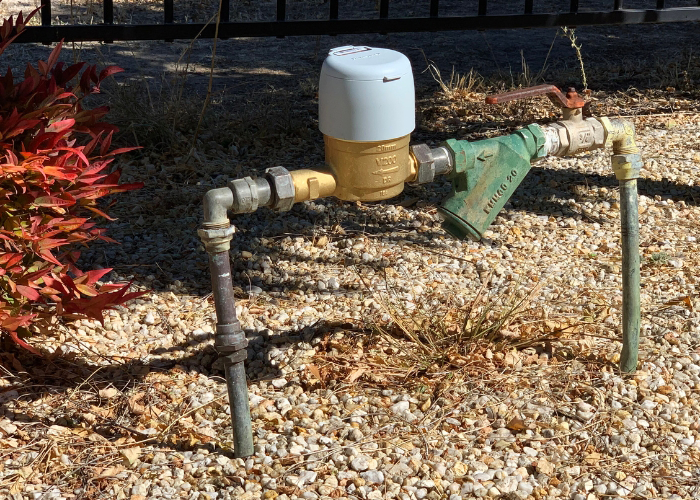
Key Steps:
- Location and Preparation: Determine the appropriate location, excavate a trench or pit, and install the curb stop.
- Service Line Installation: Install the service line, a durable pipe connecting the curb stop to the meter. Bury the service line according to local codes.
- Meter Vault or Pit Installation: Install the meter vault or pit to house the meter, valves, and fittings. Anchor the vault or pit for stability.
- Meter Installation: Install the water meter inside the vault or pit, following manufacturer instructions. Connect the meter to the service line securely.
- Valves and Backflow Preventer Installation: Install shut-off valves on both sides of the meter and a backflow preventer on the inlet side to prevent contamination.
- Testing and Commissioning: Conduct a pressure test to check for leaks and commission the water meter to verify proper functioning.
- Backfilling and Restoration: Backfill the excavated area and restore the surrounding area to its original condition.
- Inspections and Permits: Obtain necessary permits and schedule inspections with local plumbing inspectors to ensure compliance.
Regulations and Compliance in Maryland
Maryland's regulations regarding water service connections and meters are overseen by the Maryland Department of the Environment (MDE) and the Maryland Public Service Commission (PSC). These agencies establish guidelines and enforce standards to ensure the proper installation, maintenance, and operation of water meters and service lines.
Key Regulations:
- Water Meter Accuracy: Water meters must be accurate within a specified range to ensure fair billing practices. MDE regulations mandate regular testing and maintenance of water meters to maintain accuracy.
- Backflow Prevention: Backflow prevention devices are required to prevent contaminated water from flowing back into the municipal water supply. MDE and PSC regulations dictate the installation and maintenance of backflow prevention devices.
- Cross-Connection Control: Cross-connections occur when potable water supplies are connected to non-potable water sources. MDE and PSC regulations prohibit cross-connections to prevent contamination risks.
- Meter Pit or Vault Construction: Meter pits or vaults must be constructed to protect the meter and service line from damage and provide easy access for maintenance. MDE regulations specify design and construction standards for meter pits and vaults.
- Service Line Installation and Maintenance: Service lines must be made from approved materials and installed according to local codes. MDE regulations mandate proper installation and maintenance practices to ensure the integrity of service lines.
Compliance Requirements:
- Water Utility Responsibility: Water utilities are responsible for maintaining and repairing water meters and service lines within their jurisdiction. They must adhere to MDE and PSC regulations to ensure compliance.
- Property Owner Obligations: Property owners are responsible for maintaining the water service line and meter installation on their property. They must comply with local codes and regulations regarding meter access and maintenance.
- Permits and Inspections: Obtaining necessary permits from local authorities is essential before commencing any work on water service connections or meters. Inspections are required to ensure compliance with regulations.
- Enforcement Actions: MDE and PSC enforce their regulations through inspections, audits, and penalties for non-compliance. These actions aim to protect public health and ensure the integrity of Maryland's water infrastructure.
By adhering to Maryland's regulations regarding water service connections and meters, water utilities, property owners, and contractors can contribute to a safe, reliable, and sustainable water supply system.
Maintaining Your Water Meter
Regular Maintenance Tips
Regularly maintaining your water meter is essential for ensuring its accuracy and longevity. By following these simple tips, you can help to keep your water meter in good working order and avoid costly repairs or replacements down the road
- Keep the meter area clean and free of debris
- Inspect the meter for damage
- Check for leaks
- Regularly test the meter
- Follow the manufacturer's maintenance instructions
Dealing with Common Water Meter Issues
Water meters are essential components of a home's plumbing system, responsible for measuring and tracking water usage. However, like any appliance, water meters can experience issues that can affect their accuracy and functionality. Here's how to handle common water meter problems like leaks and inaccuracies:
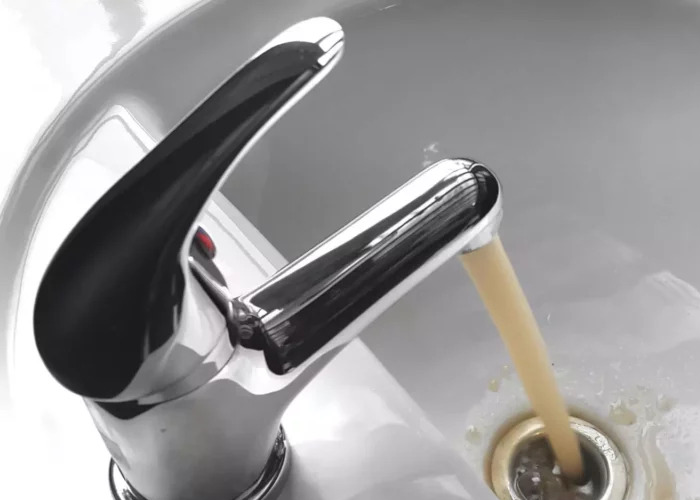
1. Identifying Leaks:
Leaks in water meters can lead to water waste and increased water bills. To identify potential leaks, look for signs of water around the meter or the service line. This may include visible water stains, dampness, or puddles. If you suspect a leak, follow these steps:
- Turn off the water supply to the meter
- Inspect the meter and surrounding area
- Listen for unusual sounds
- Use a water meter leak detection kit
If you confirm a leak, contact a qualified plumber to repair or replace the damaged component.
2. Addressing Water Meter Inaccuracies:
Water meter inaccuracies can lead to unfair billing practices. If you suspect your water meter is inaccurate, follow these steps:
- Monitor water usage
- Compare readings with previous bills
- Request a meter inspection
If the meter is found to be inaccurate, the water utility will replace it with a new one at no cost to you.
3. Preventing Water Meter Problems:
To prevent water meter problems, consider these preventive measures:
- Regular maintenance
- Protect the meter
- Insulate the meter
- Monitor water usage
By addressing water meter problems promptly and taking preventive measures, you can ensure accurate water usage measurement, fair billing practices, and a reliable water supply for your home.
Seadmok Water’s Expertise in Water Meter Services
Professional Installation and Replacement Services
Whether you need a new water meter installation, replacement of an old or malfunctioning one, or regular maintenance, Seadmok Water is your one-stop shop for comprehensive water meter solutions. We are committed to providing our customers with the highest quality services, ensuring accurate water usage measurement, fair billing practices, and a reliable water supply for your home or business.
Why Choose Seadmok Water
Seadmok Water is a comprehensive water utility company that provides a wide range of services to residents and businesses in Howard County, Maryland. Seadmok Water is committed to providing high-quality water and wastewater services at an affordable price.

Conclusion
Water meters play a crucial role in ensuring accurate water usage measurement, fair billing practices, and a reliable water supply for homes and businesses. Proper installation and maintenance of water meters are essential for their optimal performance and longevity.
Seadmok Water is your trusted partner for all your water meter needs, providing comprehensive services from initial installation to routine maintenance and replacement. Contact us today to schedule your appointment and experience the difference that expertise, customer service, and reliability can make.
Let’s Get Started
If you are a resident of Howard County and you are looking for a reliable and customer-focused water utility company, we encourage you to seek Seadmok Water's expertise for your water connection needs.
Seadmok Water has a proven track record of providing high-quality water and wastewater services to residents and businesses in Howard County. Seadmok Water is also committed to protecting the environment and conserving water resources. Contact us today!
